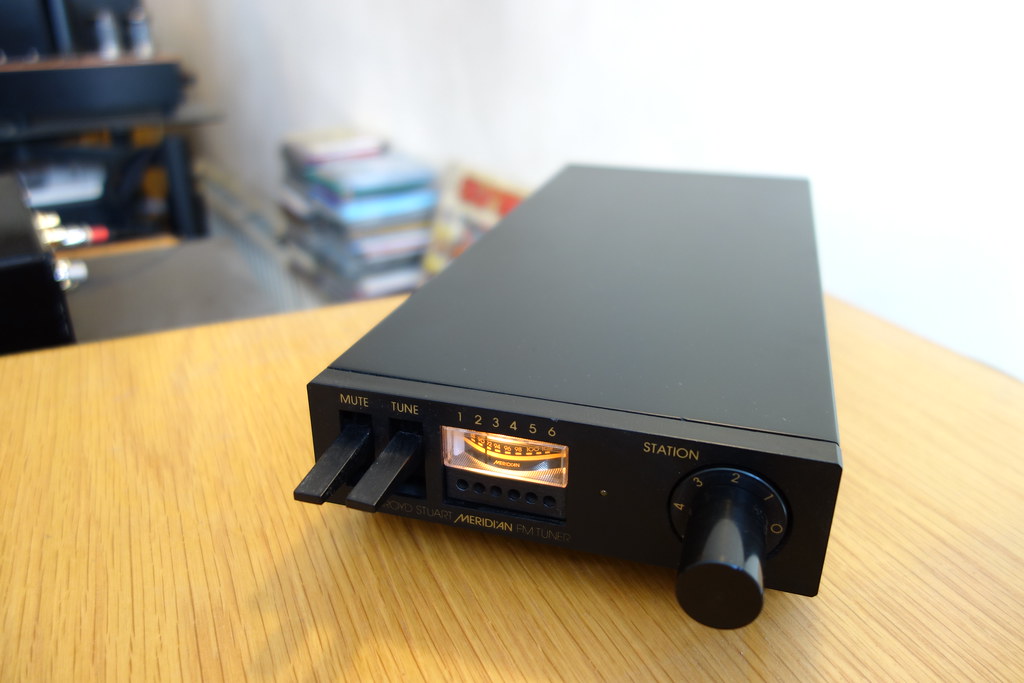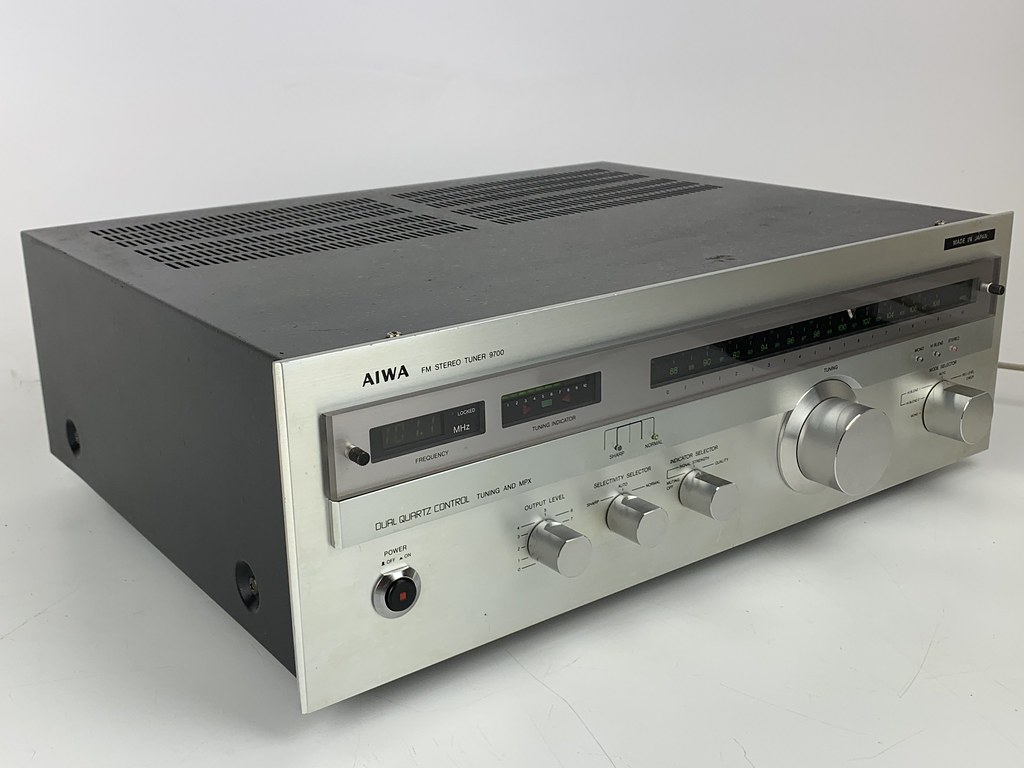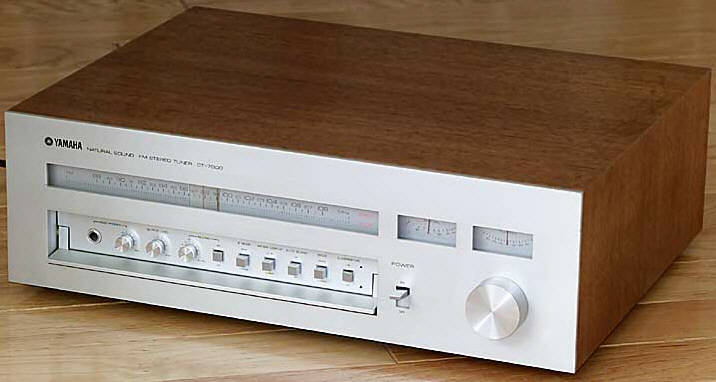Look no further than this if you’re ever unsure about Naim Audio’s philosophy. The purest elements of the company’s DNA are contained within the NAT 01’s tiny (86x206x300mm) casing. It is devoid of fripperies, stripped down to the bone in terms of practicality, and brazen in its minimalism, and is designed for the maximum fidelity reproduction of FM radio transmissions. This is, in my opinion, one of the best hi-fi tuners, and there has never been another quite like it.
It would not have happened ten years earlier or later, maybe unsurprisingly. The concept was conceived by Julian Vereker, founder of Naim Audio, in 1981, at a period when BBC Radio 3 live transmissions were of the greatest quality and all-analogue. The project, formerly known as the NAT 301, was given to Naim designer Guy Lamotte (who also worked on Naim’s ARO tonearm and the never-issued FL1 electrostatic loudspeakers), who worked on it for several years before it was released in 1984 as the NAT 01.
The NAT 01 was described as a 301 with improved final output-stage filtering, higher-performance IF and stereo decoder chips, smoother, more progressive mono-to-stereo blend, and the use of display brightness to indicate signal strength. It was improved during its life and received a new bespoke tuner front end from Lamotte in 1986. In roughly 1987, the vacuum fluorescent tuning display was replaced with an LED, the tuner’s output level was increased, and it received an early PST redesign. The NAT 01, like other contemporary Naims, had a variety of ‘olive’ casework from the early 1990s. The best Naim tuner cost £1,945 new when it was withdrawn in 2002 – more than a third more than a Linn Sondek LP12 turntable, for example!
It has a unique sound. It has a lovely transparent look to it that manages to pull it away from whatever is being transmitted. The midband is devoid of any cloudiness or mush, instead slicing through off-air radio broadcasts as if they were being produced in your living room. The bass is powerful but not overbearing, the midrange is crisp and sensitive, and the treble is airy and stretched — in other words, it’s not like FM radio as most people know it. It’s great to hear a live performance on BBC Radio 3, but even spoken-word broadcasts on Radio 4 are exceptional; there’s a nice sense of closeness, and you can hear straight into the recording studio. On a news story, for example, you can hear the ambience in your room shift as the program changes from one studio to another — something you can only hear on genuine radio receivers.
The NAT 01, on the other hand, isn’t particularly forensic. It doesn’t get too caught up in the deconstruction of things, and it always keeps you engaged in the music. The music has a mastertape-like solidity, and the rhythms and dynamics are extraordinarily strong — shockingly so for an FM radio. Tonally, it’s typical of a Naim product from the mid-1980s, which means it’s a touch thin and lithe, but not hard or aggressive; it’s just that Leak Troughline fans should look elsewhere. The inky black quiet of all transmissions is most amazing for me; there’s a strange lack of noise, hiss, or mush – provided, of course, that you give it the quality external aerial it deserves!
Naim’s NAT 01 is rigid (no AM, DAB, or internet radio) and hard to operate (no presets or remote control) by today’s standards – but it is what it is, and it works not in spite of, but because of this. If you want nothing more than fantastic FM radio through a brilliant small box, this is for you. It’s one of the most concentrated tuner designs ever to emerge out of the analogue radio period. When you consider Naim Audio’s outstanding aftercare – the NAT 01 is completely serviceable at the Salisbury facility where it was created – this iconoclastic gem is well worth pursuing. Prices are high, so expect to pay £1,000 or more for a pristine and boxed NAT 01/NA PST secondhand, or half that if it’s in poor condition.







